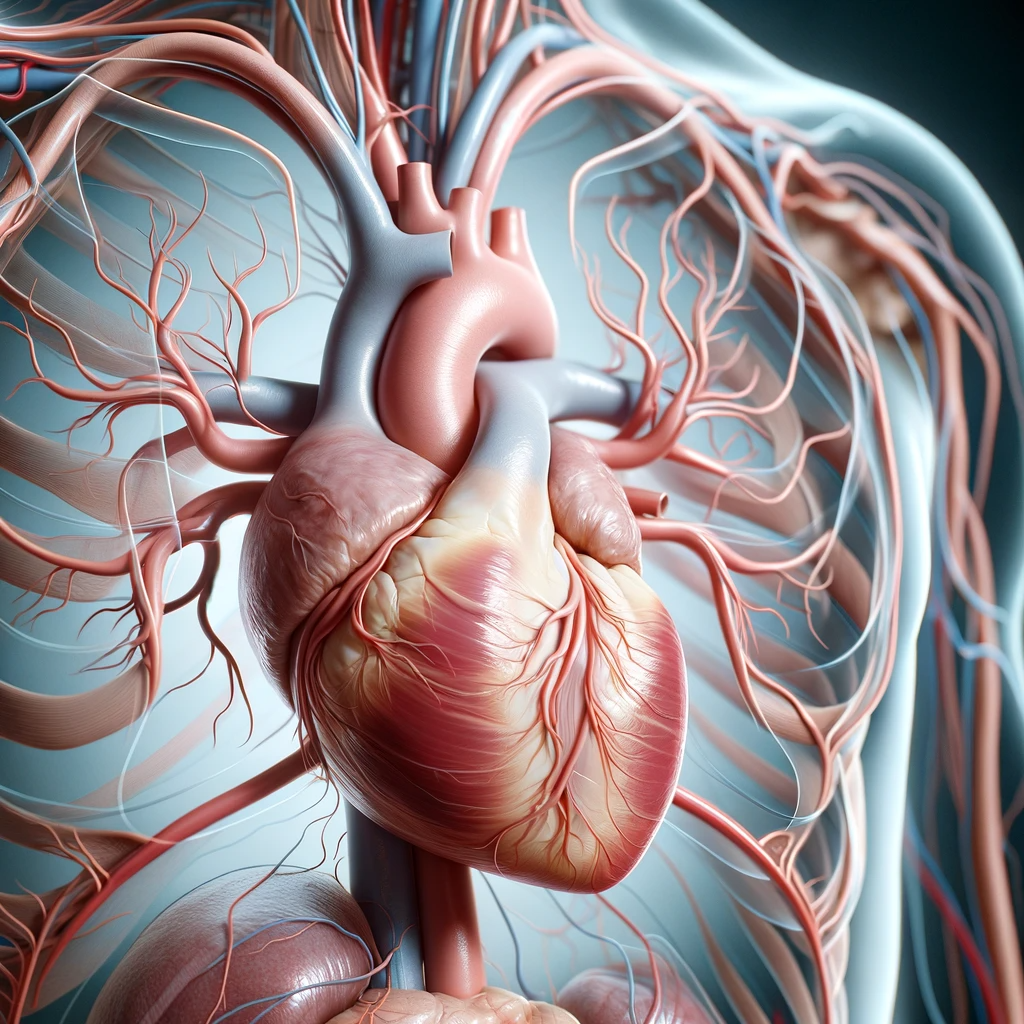Prelude: The Symptomatic Spectrum of Ocular Discomfort
Ophthalmalgia, or eye pain, experienced during the utilization of the visual apparatus, emerges as a symptom of a heterogeneous group of conditions. This disquieting sensation warrants meticulous exploration to discern the etiology from a broad differential diagnosis.
The Anatomical Considerations: Cornea to Cortex
Corneal Afflictions: The Anterior Sentinel
Corneal etiologies, such as keratitis and ulcerations, precipitate acute pain, often exacerbated by the act of seeing, as the cornea’s rich innervation and transparency are pivotal for visual function.
Uveal Tract Disorders: The Vascular Tapestries
Intraocular causes, particularly those involving the uveal tract, such as uveitis or iritis, must be contemplated, given their potential for photophobia and pain upon accommodation.
Glaucomatous Phenomena: The Intraocular Pressure Crisis
Glaucoma, especially in its acute angle-closure form, presents with intense pain, often in concert with visual activity, and is a quintessential ocular emergency.
Refractive Strain: The Burden of Accommodation
Refractive errors necessitate increased accommodative effort, potentially culminating in asthenopia, a discomfort markedly noticeable during prolonged visual tasks.
Extraocular Musculature Fatigue: The Strain Beyond the Globe
Convergence insufficiency and other disorders of ocular motility can manifest as pain upon the exertion of visual tasks, reflecting the strain on the extraocular musculature.
Neuro-ophthalmic Syndromes: The Cerebral Connection
Afferent pain pathways may be implicated in neuro-ophthalmic conditions, such as optic neuritis, where the act of vision can exacerbate discomfort.
The Systemic Interplay: Beyond Ocular Boundaries
Systemic Inflammatory and Vascular Disorders: The Distant Echoes
Conditions with systemic manifestations like giant cell arteritis can present with ocular pain, often revealing themselves during visual exertion due to the heightened metabolic demand on the vascular supply.
Endocrine Orbitopathy: The Thyroid Gaze
Thyroid eye disease, with its attendant inflammatory orbitopathy, can induce discomfort upon eye movement and visual engagement.
The Diagnostic Pursuit: Stratagems and Considerations
Clinical Acumen and Ancillary Testing: The Path to Elucidation
The clinical examination remains the cornerstone in the pursuit of diagnosis, augmented by judicious use of ancillary investigations such as slit-lamp examination, tonometry, and imaging modalities.
Epilogue: The Therapeutic Trajectory and Prognostication
Tailored Therapeutics: The Precision Paradigm
Management strategies are meticulously tailored to the identified etiology, ranging from pharmacologic interventions for inflammation to corrective lenses for refractive discrepancies.
Prognosticating Outcomes: The Vision Ahead
Prognostication is intimately tied to the underlying cause, with most conditions amenable to resolution or control, albeit with varying degrees of urgency and intervention.
In the realm of differential diagnosis for ophthalmalgia precipitated by visual exertion, the clinician must navigate an intricate labyrinth of potential causes. From the anterior segment to the intricate neural pathways, each potential etiology demands recognition and a tailored approach to ensure the preservation of vision and the alleviation of pain.








